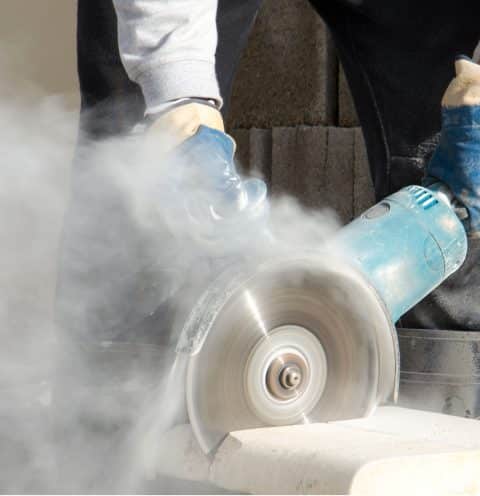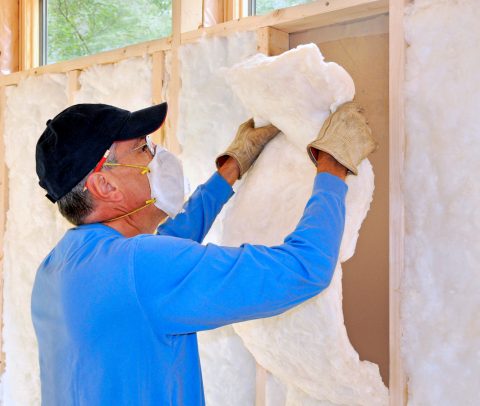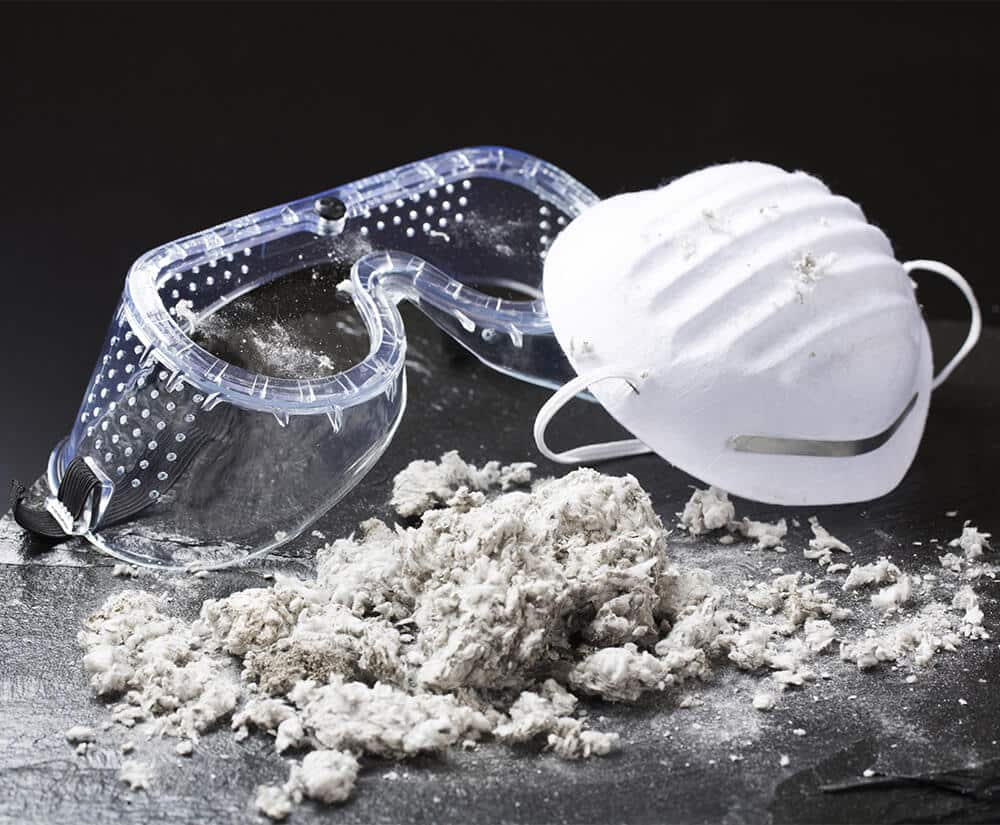About Asbestos Exposure
Asbestos refers to a group of minerals that occur naturally in certain rocks as bundles of fibers. Left alone, asbestos fibers pose little risk. However, when released into the air through work-related or other activities, the microscopic fibers can be lethal.
In fact, top health agencies classify asbestos as a human carcinogen or cancer-causing substance. Asbestos exposure causes mesothelioma, lung cancer, asbestosis, and other serious ailments. Symptoms of the diseases typically do not appear until decades after a person is first exposed to asbestos.
Sadly, many people who worked with and around asbestos-containing products and equipment were unaware of the dangers.”
Makers and marketers of these products, however, knew of the potential dangers, some as early as the 1930s.
Wide use of asbestos declined dramatically in the 1970s, when the health consequences of asbestos exposure led the U.S. Occupational Safety and Health Administration (OSHA) to impose severe restrictions on exposures. Still, asbestos is present in products today. Some companies in the U.S. continue to bring asbestos into the country, and the toxic substance exists in older buildings, schools, and homes. Anyone who inhales airborne asbestos fibers is at risk of developing serious health complications.
Diagnosed with mesothelioma or another asbestos-related disease? We offer a free legal consultation.
Get a Free Case ReviewHistory of Asbestos Exposure
- Beginning in the 19th century, asbestos became a staple of commercial products. Manufacturers relied on the deadly material for its strength and its resistance to heat.
- The hazards of asbestos exposure were first mentioned in 1898 in a report to the British Parliament. In 1907, Dr. Montague Murray became the first to present and have published the adverse health effects related to working with asbestos.(1)
- In 1924, The British Medical Journal, one of the most influential general medicine journals in the world, published a medical article on the dangers of breathing asbestos dust and in 1927 this journal published an article giving the disease “pulmonary asbestosis” its name. Over the next few years, article after article exposed the chronic lung condition asbestosis as a health risk of asbestos.
- In 1930, the results of the first full-scale investigation into the hazards of asbestos confirmed that inhalation of asbestos dust can cause a fatal disease. These results were reported to the British Parliament by Dr. E.R.A. Merewether, the medical inspector who conducted the investigation. Dr. Merewether found that exposure to asbestos dust at work created a “definite occupational risk among asbestos workers as a class.” The scarring and thickening of lung tissue that could result might lead to ‘‘complete disablement” and “death,” Mereweather concluded. He also concluded that bystanders, those who worked near others using asbestos, were also at risk of asbestos disease and provided several recommendations to reduce the risk. One of those recommendations was to “educate the worker to a sane appreciation of the risk.”(2)
- In the 1930s, suspicion that asbestosis might be linked with lung cancer began to emerge. The first reported case of lung cancer in a patient with asbestosis was documented in 1935. About 14 years later, in 1949, the Journal of the American Medical Association published an editorial about the association between asbestosis and lung cancer. By that time, the association between the two diseases was firmly established. A large-scale study in 1955 estimated the risk of lung cancer in asbestos workers to be 10 times that of the average person.(3)
- Then, in the 1960s, mesothelioma became known as a third asbestos-related disease. It was also shown that the dangers of asbestos dust extended to those who lived or worked in the neighborhood of asbestos mines and factories.(4)
- Throughout all this, most asbestos industry companies claimed to have had no knowledge of asbestos health risks prior to the passage of the Occupational Health and Safety Act in December 1970. Confidential documents later proved companies not only had knowledge of the dangers of asbestos exposure as early as the 1930s, but also that they took measures to hide the hazards from workers and their own employees. In 1966, an asbestos industry executive sent a letter to another stating: “My answer to the problem is: if you have enjoyed a good life while working with asbestos products, why not die from it.”(5)
- Over the years, people who were exposed to asbestos and later developed asbestos-related diseases have successfully filed claims against negligent asbestos companies. Weitz & Luxenberg, one of the premier asbestos law firms, has won more than $8.5 billion in asbestos verdicts and settlements.*
Asbestos Exposure Damages Lungs

Any activity that causes release of asbestos fibers in the air, such as from the cutting, drilling, scoring, or sanding of asbestos products, is dangerous. Asbestos fibers can also become airborne when people demolish or renovate older buildings, or when older asbestos-containing materials begin to deteriorate.(6)
In each of these cases, asbestos fibers create a dust made of microscopic particles that can hover in the air. When inhaled, these fibers can become lodged in your lungs and remain there for a long time, causing the lung tissue to scar and become damaged. Asbestos can also cause scarring in the protective lining of the lungs and chest cavity, known as pleura.(7) (8)
Long-Term Complications Linked to Asbestos Exposure
Over time, chronic lung tissue scarring caused by asbestos exposure, known as asbestosis, can lead to reduced respiratory function and death. Breathing in asbestos fibers also increases the risk of lung cancer and mesothelioma, two deadly diseases.(9)
Asbestosis
Asbestosis is a chronic lung condition that kills about 1,451 Americans each year.(10) With a latency period of at least several years, the disease progresses over time and can make it very hard to breathe.(11) Some patients need extra oxygen to help them live; others may need a lung transplant.(12)
Lung Cancer
Lung cancer is a malignant tumor that invades the lungs. Numerous studies of asbestos-exposed workers link asbestos fibers to an increased risk of lung cancer. Often, cases of lung cancer in asbestos workers occur at least a decade after first exposure to asbestos.(13) An estimated 8,500 to 10,600 Americans die each year from asbestos-related lung cancer.(14) The combination of smoking cigarettes and asbestos exposure is particularly hazardous.
Mesothelioma
Mesothelioma is an aggressive cancer of the lining of the lungs and other organs. It can take anywhere from one to five decades or more to develop. Sadly, the risk of mesothelioma does not diminish over time after exposure to asbestos stops.(15) An estimated 3,000 people are diagnosed with mesothelioma annually and nearly as many die from the disease each year.(16) (17)
In addition to the physical effects of asbestos-related diseases, victims may experience fear, stress, anxiety, and depression.
Where Asbestos Exposure Happens

A child whose father brought asbestos fibers home on his clothing. A construction worker who is tasked with demolishing an older building where asbestos is present. An auto mechanic who works on asbestos-containing brake linings and clutch facings. These are all examples of instances where asbestos exposure is possible at the workplace or in the home.
Weitz & Luxenberg asbestos attorneys have represented retired brake specialists, shipyard workers, boilermakers, construction workers, and others exposed to asbestos from their jobs. In January 2017, our firm secured a $75 million verdict, the largest single asbestos verdict in New York, on behalf of a woman who developed mesothelioma after she was exposed to asbestos dust from her husband’s clothing.*
Of the 125 million people worldwide exposed to asbestos from their jobs, those most at risk include(18):
- Insulators
- Railroad workers
- Shipbuilders
- Plumbers
- Steamfitters
- Pipefitters
- Carpenters
- Firefighters
- Construction workers
- Brake and clutch mechanics
The global asbestos-exposure death toll is estimated at 255,000 people annually.(19) Several thousand people die from asbestos exposure in the home.(20)
How Weitz & Luxenberg Can Help You
At Weitz & Luxenberg, we understand how frustrating it can be to know your asbestos-related disease could be traced to exposure from your job. Many of our clients worked their whole lives just to spend their retirement years dying of a preventable disease. Our firm is committed to helping victims of asbestos exposure and their loved ones hold asbestos companies accountable for the pain and suffering they have caused.
If you were exposed to asbestos or your loved one died of an asbestos-related disease, we would be honored to help you seek the compensation you deserve. Attorneys at Weitz & Luxenberg provide compassionate and exceptional legal support to each of our clients, helping victims of asbestos exposure through a very difficult time.
Our firm’s deep knowledge of worksites across the U.S. has proven a tremendous benefit to our more than 33,000 asbestos clients. We have almost 40 years of experience successfully pinpointing the source of victims’ asbestos exposure.
To learn more about your legal options, call (833) 977-3437 or fill out a form online. Your consultation is free of charge.
